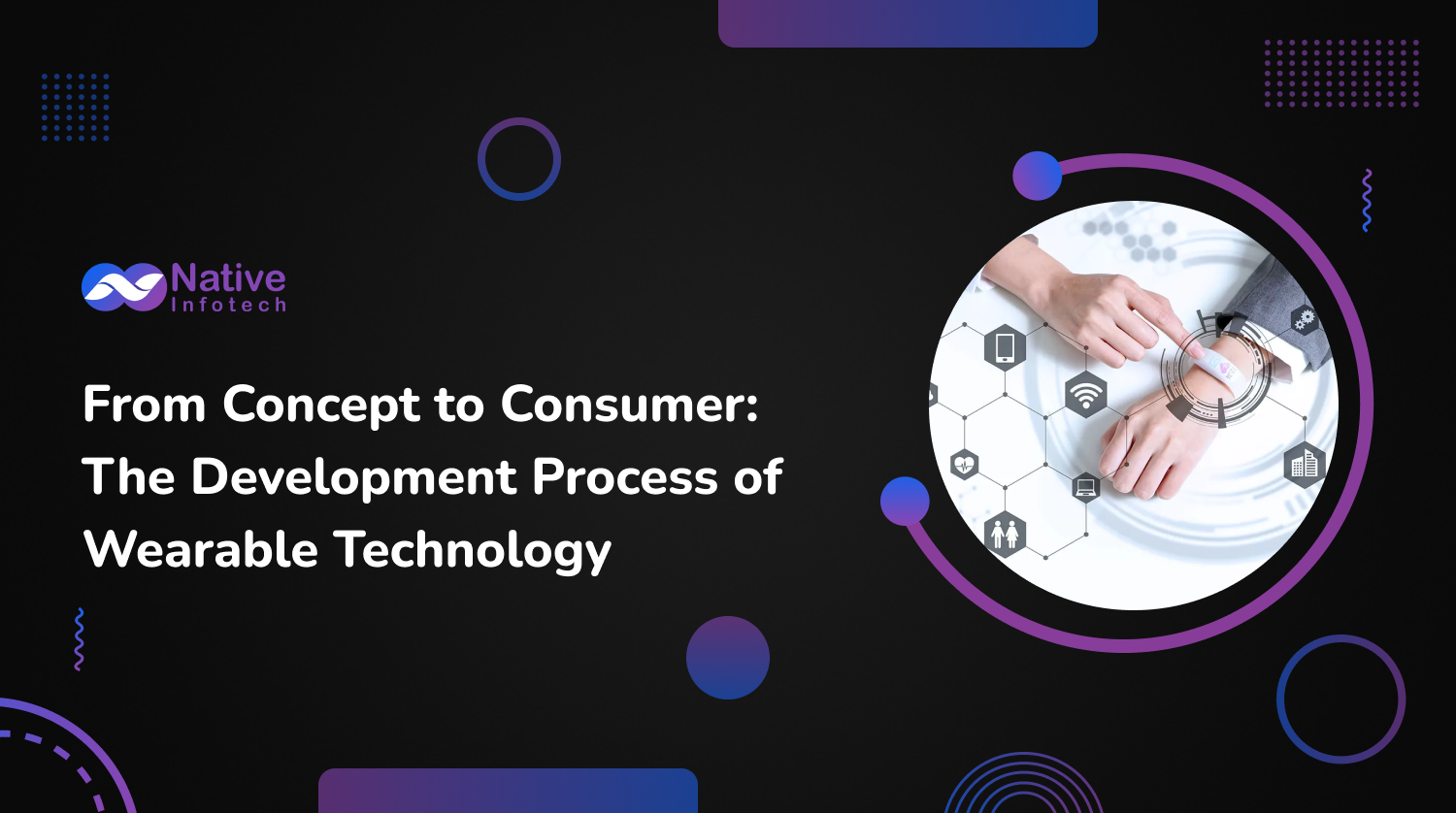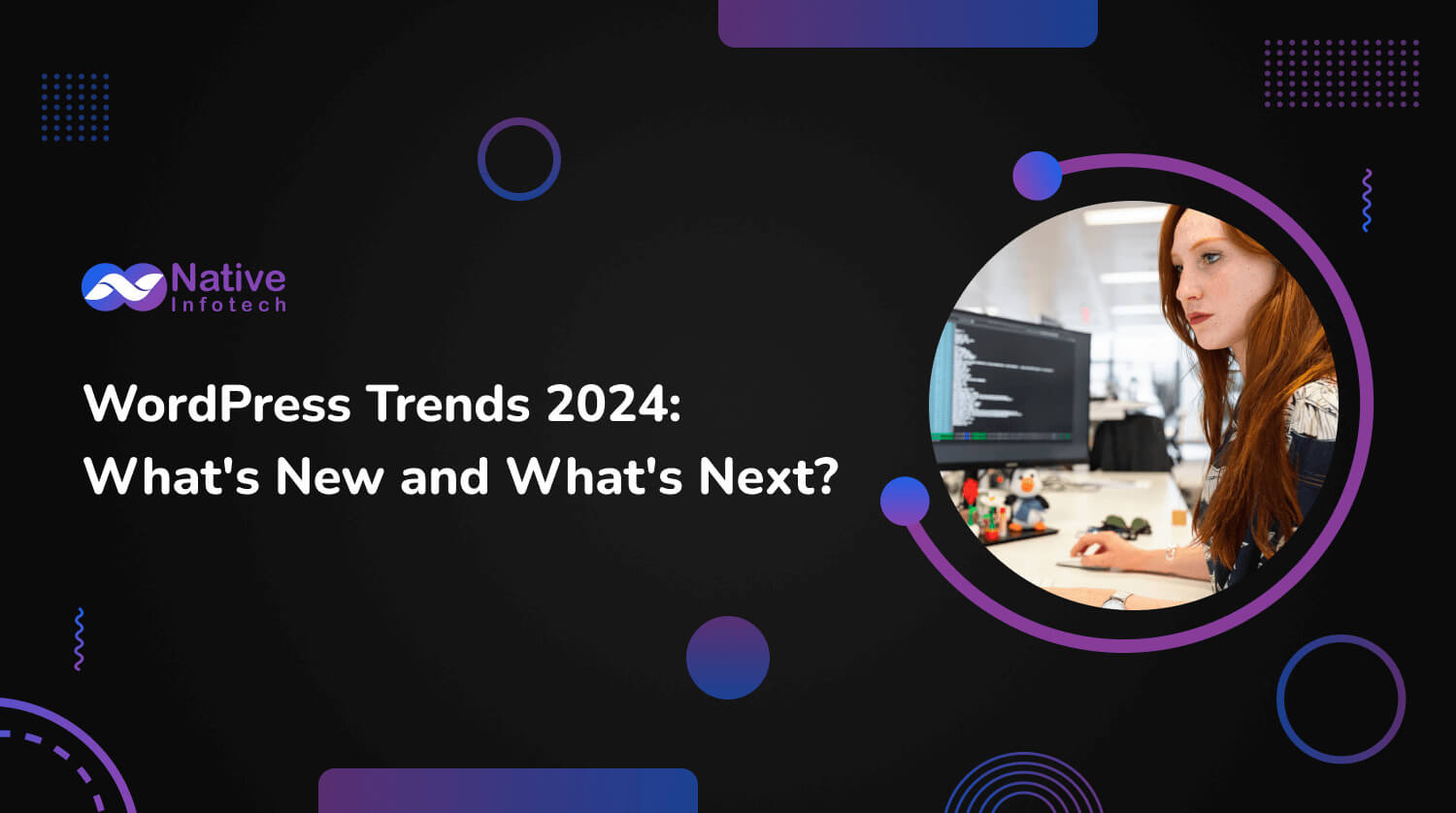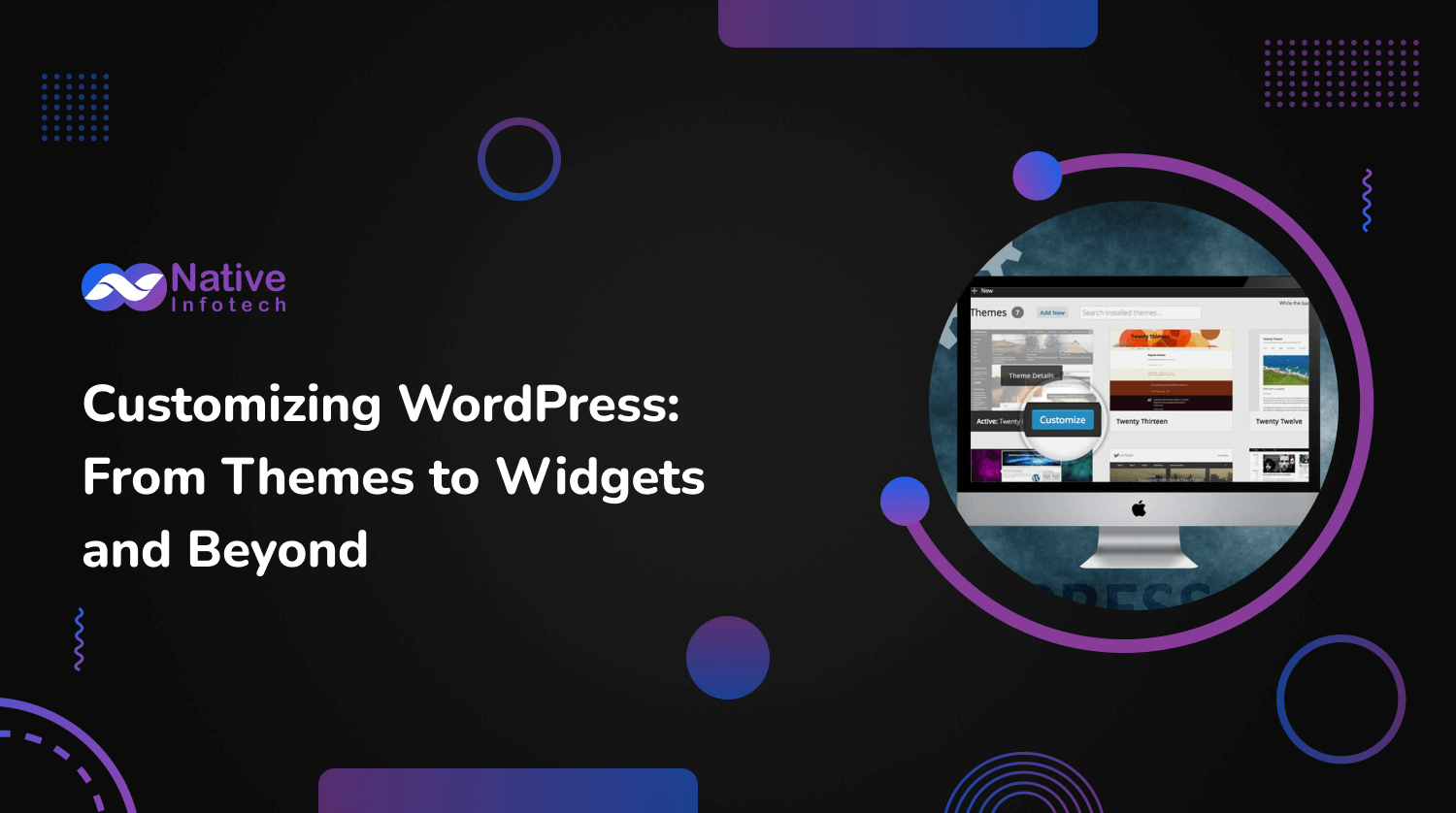
Introduction: The Rise of Wearable Technology
In recent years, wearable technology has evolved from a niche market to a mainstream sensation, integrating seamlessly into the daily lives of millions. From fitness trackers and smartwatches to advanced health monitoring systems, these devices have transformed how we interact with technology and data. This article explores the intricate journey of wearable technology from initial concept to the hands of the consumer.
The Concept Phase: Ideation and Innovation
Identifying the Need:
The development of any wearable technology begins with identifying a specific need or problem that the device can address. This could be enhancing fitness tracking, providing real-time health monitoring, or even improving communication in a hands-free manner. The key is to pinpoint a gap in the current market or an area where existing solutions can be significantly improved.
Technological Innovation
Once the need is identified, the next step involves brainstorming the possible technological innovations that can make the concept a reality. This involves extensive research and development, focusing on miniaturization of components, energy efficiency, and user interface design. It’s crucial that the technology not only meets the functional requirements but is also feasible for everyday use.
Designing Wearable Technology
Ergonomics and Aesthetics
The design phase is critical in wearable technology. Unlike traditional tech products, wearables are worn, and hence, ergonomics play a pivotal role. The device must be comfortable, durable, and visually appealing. Designers often work closely with ergonomists and material scientists to create a product that fits various body types and withstands everyday use.
User Interface and User Experience
The user interface (UI) and user experience (UX) design of wearable devices are fundamental to their success. Since the interaction space is limited compared to smartphones or computers, the UI must be intuitive and accessible. UX designers focus on creating seamless interactions, often utilizing gestures and voice commands to enhance usability.
Prototype Development
Building the First Model
Prototyping is a stage where the theoretical becomes tangible. Engineers and designers collaborate to build a working model of the product. This prototype is essential for testing the feasibility of the design and the integration of technology into a wearable format.
Testing and Refinement
The prototype undergoes rigorous testing to ensure reliability, functionality, and user-friendliness. Feedback from these tests leads to refinements and, often, multiple iterations of the prototype. This process is crucial to iron out any flaws and improve the overall design.
Integration of Software and Hardware
Software Developmentt
For most wearable devices, software development is as crucial as hardware development. The software must be optimized for low power consumption and smooth performance. Developers also need to ensure that the software is compatible with other devices and platforms, as interoperability is a significant selling point for wearables.
Hardware Optimization
Hardware in wearable technology must be robust yet compact. Engineers work to integrate sensors, chips, and batteries in a small form factor without compromising performance. Achieving the right balance between power and size is a challenging yet vital aspect of wearable tech development.
Consumer Testing and Feedback
Beta Testing
Before launching the product, it undergoes beta testing where real users test the device in real-world scenarios. This testing phase is crucial for gathering data on the device’s performance and user satisfaction, leading to final adjustments before the market launch.
Focus Groups and Surveys
Focus groups and surveys provide qualitative and quantitative feedback on various aspects of the device, from its functionality and usability to its aesthetic appeal. This feedback is invaluable for making final tweaks to ensure the product meets consumer expectations.
Market Launch and Beyond
Marketing and Promotion
A well-strategized marketing campaign is crucial for the successful launch of any wearable technology. The marketing efforts need to highlight the unique features and benefits of the product, targeting the right audience through the right channels.
Post-Launch Support and Updates
After the product launch, the journey is not over. Continuous support, software updates, and addressing customer feedback are essential to maintain satisfaction and improve the product. Engaging with the community and providing excellent customer service can lead to a loyal customer base and even inspire future products.
Conclusion
The development process of wearable technology is a complex journey that requires a multifaceted approach involving innovation, design, testing, and consumer feedback. By understanding the intricacies of each stage and focusing on the needs and comfort of the end-user, developers can create wearable devices that are not only functional but also indispensable parts of our daily lives. With the wearable tech market continuously evolving, the potential for new and innovative products is limitless.
Exploring the Future: 5 Big Changes Coming to Computers in 2024 and How to Get Ready
Are you ready to dive into the future of computing? The year 2024 promises to be an exciting time for technological advancements, with significant changes expected to revolutionize the way we interact with computers. From quantum computing to augmented reality, here are five big changes coming to computers in 2024 and how you can prepare…
WordPress Trends 2024: What’s New and What’s Next?
As we get closer to 2024, WordPress remains a top choice for creating websites, running a large part of the internet. It keeps changing and growing, making it important for developers, marketers, and business owners to keep up with the new trends. This article looks at the upcoming trends for WordPress in 2024, giving tips…


